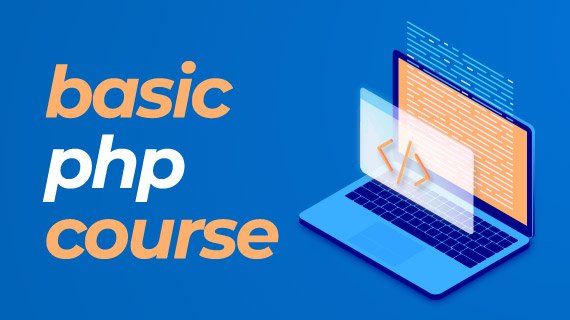Why the Python programming language shines for data science, machine learning, systems automation, web and API development, and more
Dating from 1991, the Python programming language was considered a gap-filler, a way to write scripts that “automate the boring stuff” (as one popular book on learning Python put it) or to rapidly prototype applications that will be implemented in other languages.
However, over the past few years, Python has emerged as a first-class citizen in modern software development, infrastructure management, and data analysis. It is no longer a back-room utility language, but a major force in web application creation and systems management, and a key driver of the explosion in big data analytics and machine intelligence.
Python’s key advantages
Python’s success revolves around several advantages it provides for beginners and experts alike.
Python is easy to learn and use
The number of features in the language itself is modest, requiring relatively little investment of time or effort to produce your first programs. The Python syntax is designed to be readable and straightforward. This simplicity makes Python an ideal teaching language, and it lets newcomers pick it up quickly. As a result, developers spend more time thinking about the problem they’re trying to solve and less time thinking about language complexities or deciphering code left by others.https://imasdk.googleapis.com/js/core/bridge3.431.0_en.html#goog_130717492Volume 0%
Python is broadly adopted and supported
Python is both popular and widely used, as the high rankings in surveys like the Tiobe Index and the large number of GitHub projects using Python attest. Python runs on every major operating system and platform, and most minor ones too. Many major libraries and API-powered services have Python bindings or wrappers, letting Python interface freely with those services or directly use those libraries.
Python is not a “toy” language
Even though scripting and automation cover a large chunk of Python’s use cases (more on that later), Python is also used to build professional-quality software, both as standalone applications and as web services. Python may not be the fastest language, but what it lacks in speed, it makes up for in versatility.
Python keeps moving forward
Each revision of the Python language adds useful new features to keep pace with modern software development practices. Asynchronous operations and coroutines, for instance, are now standard parts of the language, making it easier to write Python apps that perform concurrent processing.















Hi, this is a comment.
To get started with moderating, editing, and deleting comments, please visit the Comments screen in the dashboard.
Commenter avatars come from Gravatar.